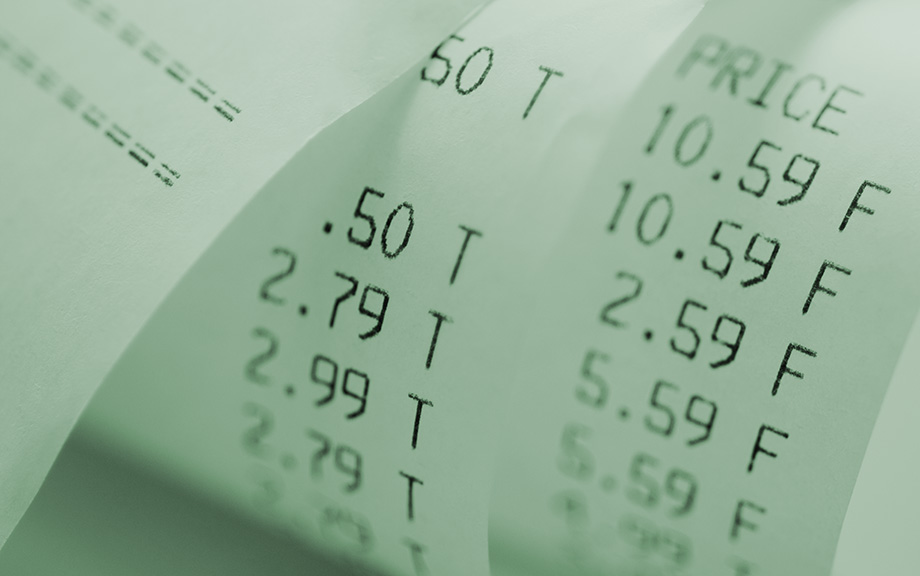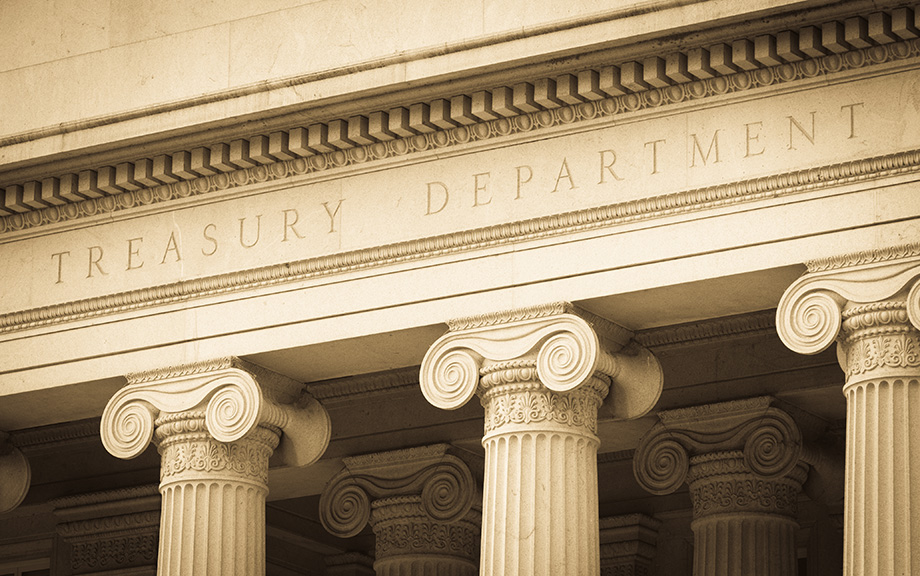What Was Up with Grocery Prices?

The consumer price index for groceries has risen more than the overall price index since the start of the pandemic, with a particularly large jump in 2022. In looking for explanations, a starting place is the behavior of raw commodity prices, which surged from early 2021 to mid-2022. In addition, wages for low-paid grocery workers have gone up faster than wages for the workforce as a whole. Finally, even though profit margins for grocery stores have gone up, the increase appears to be only a small contributor to the rise in food prices relative to the increase in their operating costs. This analysis suggests that the significant moderation in food inflation since the start of 2023 is due to still-high wage inflation for grocery workers being offset by the retreat in commodity prices.
The Mysterious Slowdown in U.S. Manufacturing Productivity

Throughout the twentieth century, steady technological and organizational innovations, along with the accumulation of productive capital, increased labor productivity at a steady rate of around 2 percent per year. However, the past two decades have witnessed a slowdown in labor productivity, measured as value added per hour worked or sectoral output per hour worked. This slowdown has been particularly stark in the manufacturing sector, which historically has been a leading sector in driving the productivity of the aggregate U.S. economy. What makes this slowdown particularly puzzling is the fact that manufacturing accounts for the majority of U.S. research and development (R&D) expenditure. Despite several recent studies (see, for example, Syverson [2016]), much remains to be uncovered about the nature of this slowdown. This post illustrates a key facet of the mystery: the productivity slowdown appears to be pervasive across industries and across firms of various sizes.
On the Distributional Consequences of Responding Aggressively to Inflation

This post discusses the distributional consequences of an aggressive policy response to inflation using a Heterogeneous Agent New Keynesian (HANK) model. We find that, when facing demand shocks, stabilizing inflation and real activity go hand in hand, with very large benefits for households at the bottom of the wealth distribution. The converse is true however when facing supply shocks: stabilizing inflation makes real outcomes more volatile, especially for poorer households. We conclude that distributional considerations make it much more important for policy to take into account the tradeoffs between stabilizing inflation and economic activity. This is because the optimal policy response depends very strongly on whether these tradeoffs are present (that is, when the economy is facing supply shocks) or absent (when the economy is facing demand shocks).
On the Distributional Effects of Inflation and Inflation Stabilization

This post and the next discuss the distributional effects of inflation and inflation stabilization through the lenses of a theoretical model—a Heterogeneous Agent New Keynesian (HANK) model. This model combines the features of New Keynesian models that have been the workhorse for monetary policy analysis since the work of Woodford (2003) with inequality in wealth and income at the household level following the seminal contribution of Kaplan, Moll, and Violante (2018). We find that while inflation hurts everyone, it hurts the poor in particular. When the source of inflation is a supply shock, fighting inflation aggressively hurts the poor even more, however, while the opposite is true for demand shocks, as discussed in the companion post.
Exploring the TIPS‑Treasury Valuation Puzzle

Since the late 1990s, the U.S. Treasury has issued debt in two main forms: nominal bonds, which provide fixed-cash scheduled payments, and Treasury Inflation Protected Securities—or TIPS—which provide the holder with inflation-protected payments that rise with U.S. inflation. At the heart of their relative valuation lie market participants’ expectations of future inflation, an object of interest for academics, policymakers, and investors alike. After briefly reviewing the theoretical and empirical links between TIPS and Treasury yields, this post, based on a recent research paper, explores whether market perceptions of U.S. sovereign credit risk can help explain the relative valuation of these financial instruments.











 RSS Feed
RSS Feed Follow Liberty Street Economics
Follow Liberty Street Economics